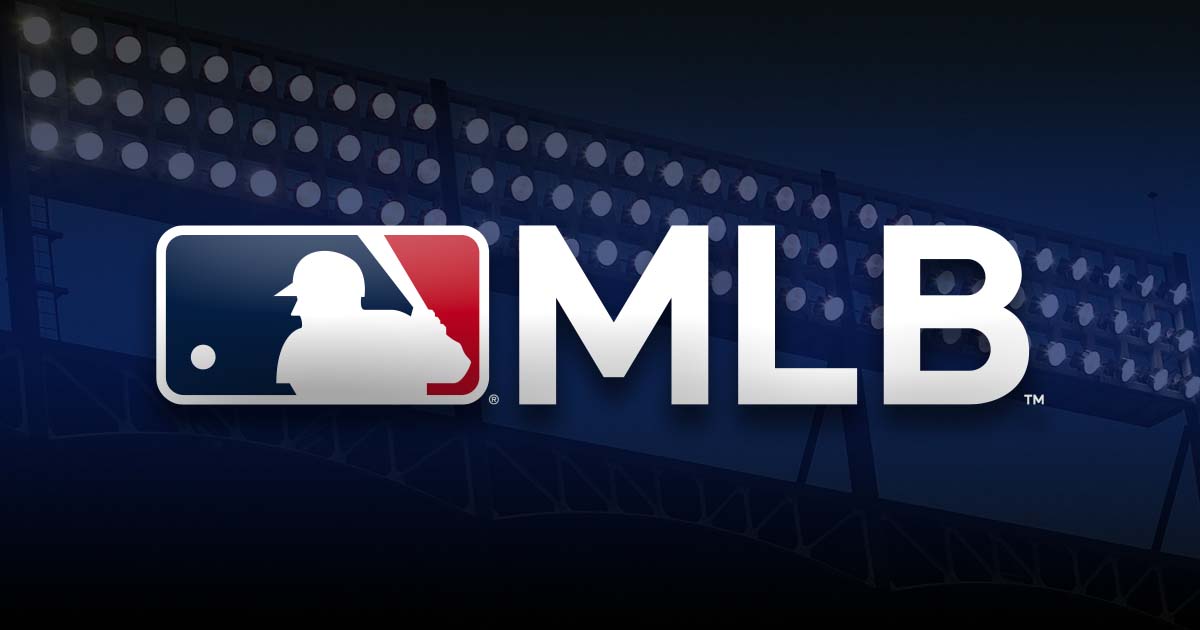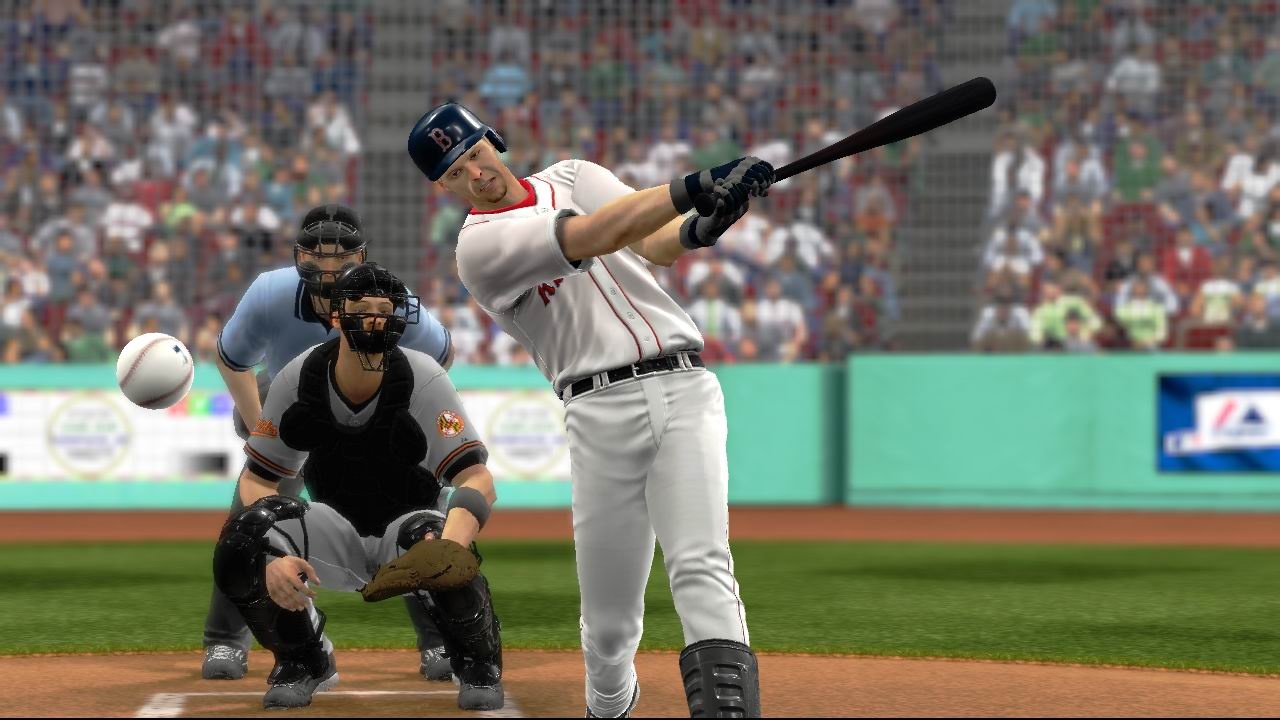Key Aspects of MLB Games

Baseball, a game of strategy, skill, and athleticism, offers a captivating spectacle for fans worldwide. Understanding the intricate roles of players, the strategic nuances of the game, and the impact of key statistics provides a deeper appreciation for the complexities of Major League Baseball.
Positions and Roles
The game of baseball involves nine players on the field for each team, each with a specialized role and responsibilities. These positions are strategically arranged to cover the entire field, ensuring that every play is contested.
- Pitcher: The pitcher is the most crucial player on the field, tasked with throwing the ball to the batter. Their primary objective is to prevent the batter from hitting the ball or getting on base. Pitchers employ a variety of pitches, each with unique movement and speed, to keep hitters off balance. The pitcher’s performance directly impacts the team’s success, as they are responsible for limiting runs and keeping the opposing team’s offense in check.
- Catcher: The catcher is positioned behind home plate, receiving the pitcher’s throws and blocking pitches. They are responsible for framing pitches, which involves manipulating the ball’s movement to make it appear as though it is in the strike zone. Catchers also communicate with the pitcher, suggesting pitch selection and game strategy. Their ability to call a good game can significantly impact the pitcher’s performance and the team’s overall success.
- First Baseman: The first baseman is positioned near the first base, responsible for catching throws from the pitcher and fielding ground balls hit to their side of the field. They must possess strong throwing accuracy and fielding skills to prevent runners from advancing to second base.
- Second Baseman: The second baseman is positioned between first and second base, responsible for fielding ground balls and covering the second base bag. They must possess quick reflexes and strong throwing arms to prevent runners from stealing bases.
- Third Baseman: The third baseman is positioned near the third base, responsible for fielding ground balls and covering the third base bag. They must possess strong fielding skills and a powerful throwing arm to prevent runners from advancing to home plate.
- Shortstop: The shortstop is positioned between second and third base, covering a large area of the infield. They are responsible for fielding ground balls and making plays on balls hit to their side of the field. Shortstops must possess exceptional range, agility, and throwing accuracy.
- Left Fielder: The left fielder is positioned in the outfield, responsible for fielding fly balls and ground balls hit to their side of the field. They must possess strong throwing accuracy to prevent runners from advancing to the next base.
- Center Fielder: The center fielder is positioned in the outfield, covering the largest area of the field. They are responsible for fielding fly balls and ground balls hit to their side of the field. Center fielders must possess exceptional speed, agility, and a strong throwing arm.
- Right Fielder: The right fielder is positioned in the outfield, responsible for fielding fly balls and ground balls hit to their side of the field. They must possess strong throwing accuracy to prevent runners from advancing to the next base.
Strategies and Tactics
The success of a baseball team relies heavily on the implementation of strategic and tactical decisions during the game. These decisions are made by the manager, coaches, and players, based on the specific situation and the strengths and weaknesses of both teams.
- Pitching Strategy: Pitchers utilize a variety of pitches to keep hitters off balance and prevent them from hitting the ball. They may choose to throw fastballs, curveballs, sliders, changeups, or other specialized pitches, depending on the hitter’s tendencies and the game situation. Pitchers also rely on their pitching coach’s guidance to develop a game plan that best suits the opponent’s batting lineup.
- Hitting Strategy: Hitters approach each at-bat with a specific strategy, based on the pitcher’s tendencies and the game situation. They may aim to hit for power, hit for contact, or bunt the ball, depending on the team’s needs and the game’s score. Hitters also rely on their hitting coach’s guidance to develop a hitting approach that maximizes their chances of success.
- Fielding Strategy: The manager and coaches determine the fielding strategy, based on the opponent’s hitting lineup and the game situation. They may choose to shift the fielders to specific positions to defend against certain types of hits. The fielding strategy is crucial in preventing runs and limiting the opposing team’s offensive production.
- Base Running Strategy: Base runners use a variety of strategies to advance to the next base and score runs. They may steal bases, take extra bases on hits, or advance on passed balls or wild pitches. Base running strategy is essential for creating scoring opportunities and putting pressure on the opposing team’s defense.
Key Statistics, Mlb games
Baseball statistics provide valuable insights into the performance of players and teams. These statistics are used to evaluate individual and team success, and to inform strategic decisions during the game.
- Batting Average: Batting average (AVG) is a measure of a hitter’s success at getting hits. It is calculated by dividing the number of hits by the number of at-bats. A higher batting average indicates a more successful hitter.
- Earned Run Average (ERA): Earned run average (ERA) is a measure of a pitcher’s effectiveness at preventing runs. It is calculated by dividing the number of earned runs allowed by the number of innings pitched, then multiplying by nine. A lower ERA indicates a more effective pitcher.
- Home Runs: Home runs (HR) are a measure of a hitter’s power. They are counted when a hitter hits the ball over the outfield fence. A higher number of home runs indicates a more powerful hitter.
The Fan Experience: Mlb Games

The allure of Major League Baseball extends far beyond the diamond. It’s the vibrant tapestry of fans, their unwavering devotion, and the captivating atmosphere they create that truly define the game. The fan experience encompasses a multitude of ways to engage with MLB, each offering a unique perspective and enriching the sport’s legacy.
Ways to Engage with MLB Games
The fan experience is multifaceted, offering a variety of avenues for engagement.
- Attending Live Games: The thrill of being in the stadium, witnessing the action unfold in real time, and being part of the crowd’s energy is unparalleled. The sights, sounds, and smells of a live game create an immersive experience that transcends television viewing.
- Watching on TV: For those unable to attend games in person, television broadcasts provide an accessible and convenient way to enjoy the game. The commentary, analysis, and replays enhance the viewing experience, offering insights and perspectives not available at the stadium.
- Following Online: The digital age has revolutionized fan engagement, offering a plethora of online resources to follow MLB games. Websites, apps, and social media platforms provide real-time updates, scores, statistics, and behind-the-scenes content, keeping fans connected to the game 24/7.
Types of MLB Stadiums
MLB stadiums are architectural marvels, each with unique features that enhance the fan experience.
| Stadium Type | Unique Features |
|---|---|
| Classic Ballparks | These stadiums, often built in the early 20th century, retain a nostalgic charm. They feature traditional designs, such as asymmetrical dimensions and outfield walls, creating unique playing conditions and an intimate atmosphere for fans. Examples include Fenway Park in Boston and Wrigley Field in Chicago. |
| Modern Stadiums | Modern stadiums prioritize comfort and amenities. They boast spacious concourses, luxury suites, and expansive video screens, offering a more modern and technologically advanced fan experience. Examples include Marlins Park in Miami and Globe Life Field in Arlington, Texas. |
| Retractable Roof Stadiums | These stadiums offer the best of both worlds, providing an open-air experience when weather permits and a covered environment when necessary. Examples include Minute Maid Park in Houston and Chase Field in Phoenix. |
Fandom and Its Impact
MLB fandom is a passionate and dedicated force that plays a crucial role in shaping the game’s identity.
“The fans are the heart and soul of baseball.” – Jackie Robinson
From generations-old traditions to vibrant new fan communities, the unwavering support of fans creates a unique and enduring legacy for MLB. Their cheers, chants, and unwavering loyalty infuse the game with an energy that is palpable and inspiring. The passion of fans contributes to the excitement and intensity of games, creating unforgettable moments and fostering a sense of community among players and fans alike.
The excitement of MLB games is contagious, with the roar of the crowd and the thrill of every play. It’s a reminder that even in the face of challenges, athletes push themselves to achieve greatness, much like Lazar Dukic in his journey through the lazar dukic crossfit games.
Both baseball and CrossFit demand incredible strength, endurance, and mental fortitude, making these athletes true inspirations for us all.
MLB games are a thrilling spectacle, full of action and drama. From the iconic stadiums to the legendary players, the sport has captivated audiences for generations. One such player who left a lasting impact on the game was Carlos Washington , whose dedication and skill earned him the respect of fans and teammates alike.
His legacy continues to inspire young players to strive for greatness in the world of MLB.